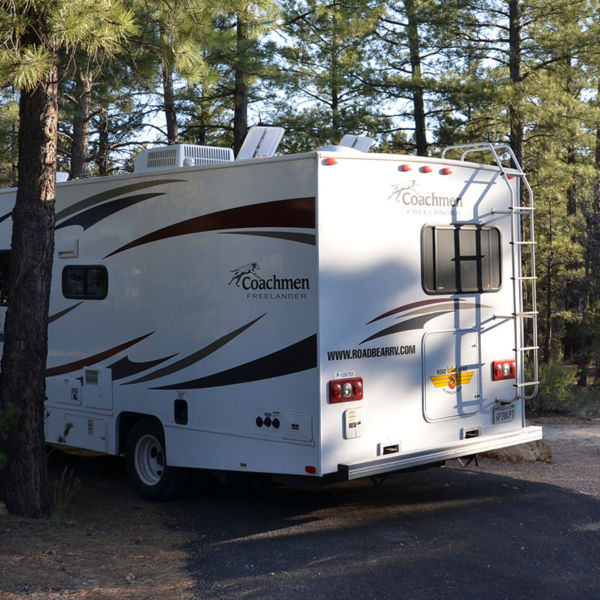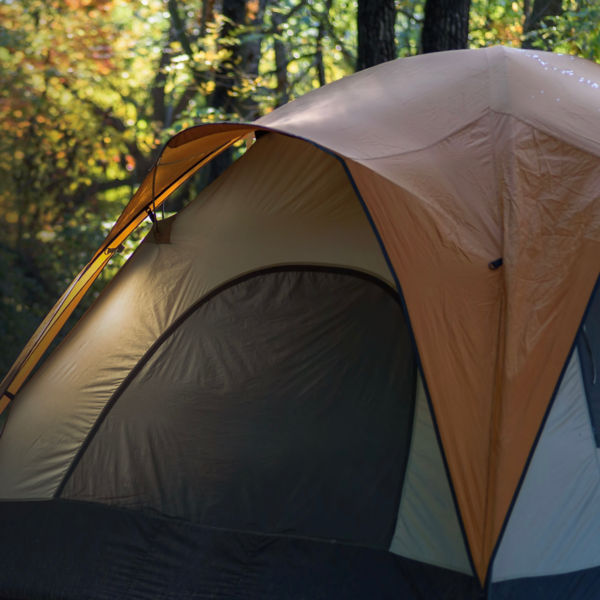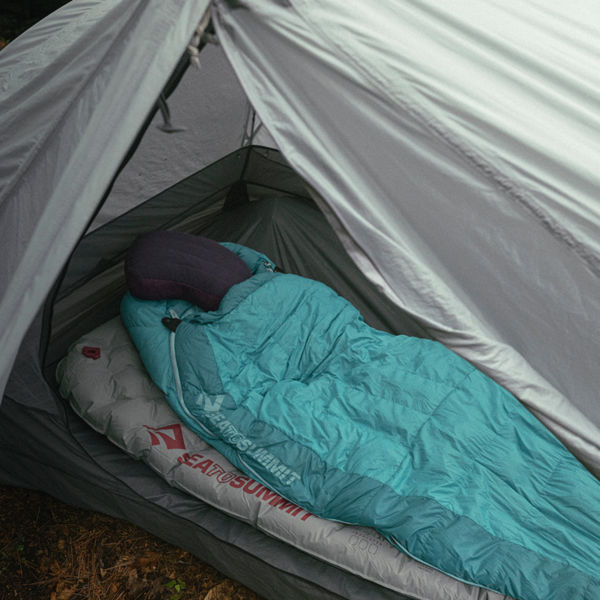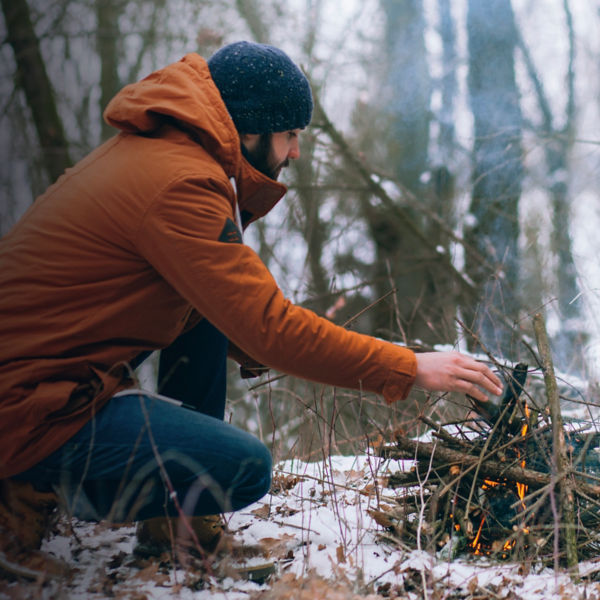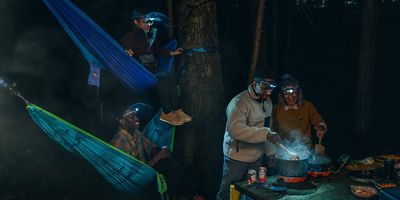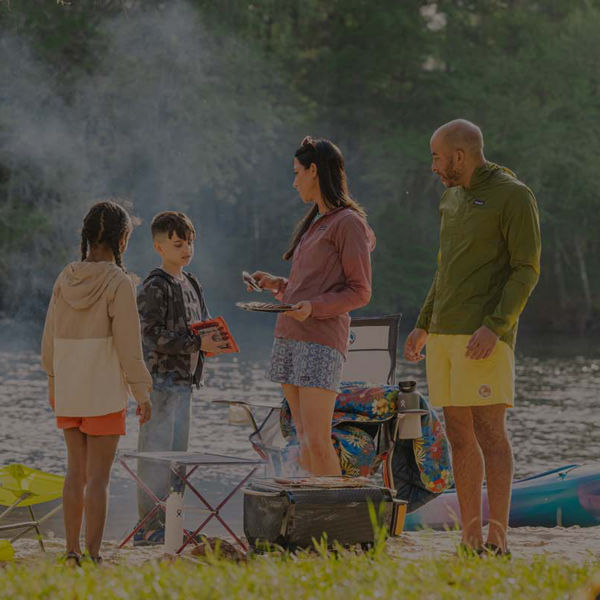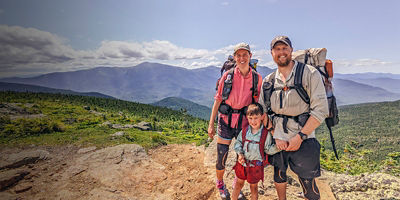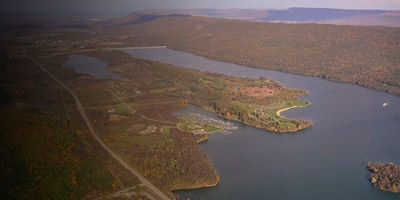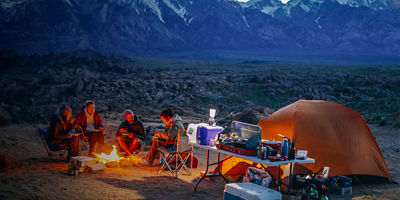
It is the great mystery facing pretty much every modern, digitally connected parent: How do you get kids and teens off their device screens and into the great outdoors. If only there were more permanent and persuasive ways to inspire some form of activity that engages them, teaches them about themselves and the world around them, and gets them moving. For any advice, however, the main and most challenging variable is that all grade-school kids and young adults are unique. So, any generalized tips might work for one and not the other. But if you don’t try, you might as well surrender to screen-time. Give the following strategies a try. Who knows, perhaps one of these ideas will work and lead to a more fulfilling life oriented outside.
Enlist a friend
Some kids are motivated by one thing and one thing alone: hanging out with their friends. If yours is one of those extra-social kids, or even if you think that a friend’s presence will up a given activity’s enjoyment level, talk to that friend’s parents and make it happen. Sign the two of them up for an activity together, especially one where partnership is baked in, like rock climbing, canoeing or kayaking. Or, take your child and a friend on a camping trip to try to get them hooked.
Take the dog
If you have a dog (or have one to dog-sit), simply taking it for a walk is a perfect kid-dog activity (once the child is at a safe age to walk alone). Up the ante and encourage older children and teens onto dog hikes. Seeing a dog’s happy face with an open trail ahead is often enough to motivate any kid to make that happen again.
Let them pick
First, do your research to see what activities are available in your area. Once you’ve found a list of clinics, camps, and after-school activities that work for you and your schedule, give your child a choice: Climbing camp, hiking club, mountain biking team, cross-country running group. Offer a menu of options and let them pick.
Make positive reinforcements tasty
Hiking, Nordic skiing, paddling: Everything is better with snacks. Make those snacks your kids’ favorite treats and they’ll soon associate that particular activity with that special reward. Not that our kids are trainable pets, but hey, it works.













